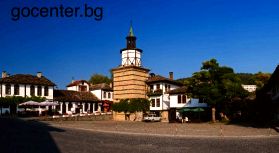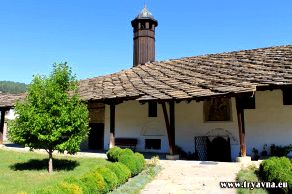I had been arranging a trip through central Bulgaria when my husband’s cousin told us we couldn’t miss Triavna. “It’s lovely,” she mentioned, “and you will want the coffee on sand.” That was irresistible therefore we duly incorporated Triavna round the trip map we plotted.
 Triavna was well worth the stop. We loved the superbly preserved National Revival architecture as well as the wide primary square while using clock tower dating to 1814, but we enjoyed just wandering the winding roads and crossing the bridges inside the Trevenska River. We spent a good time period round the riverbank plus gathering many bouquets of untamed flowers.
Triavna was well worth the stop. We loved the superbly preserved National Revival architecture as well as the wide primary square while using clock tower dating to 1814, but we enjoyed just wandering the winding roads and crossing the bridges inside the Trevenska River. We spent a good time period round the riverbank plus gathering many bouquets of untamed flowers.

The St. Archangel Michael Church, the first in Triavna, dates back for the 1196-1297 medieval rule of Bulgarian Tzar Kaloiyan. The small and peaceful churchyard is superbly landscaped. Within the small graveyard, presiding clergymen in the latter centuries roughly are hidden.
Triavna is famous because of its crafts, particularly woodcarving. This tradition gave rise in 1920 with a formal school for woodcarving. As time passes, the school expanded from functional craft to applied arts and added other disciplines both to preserve and develop traditions. Today the country’s School of Applied Arts in Triavna is across the nation famous and contains three major courses of study: carving, home design and icon-making. A few who showed up in the college stay in the region to call home and work. Over the Triavna primary square are several craft ateliers so when we peeked into one, one builder immediately beckoned us in, selected up my four-years of age boy, gave him a woodcarving tool, put his large hands in my son’s small one, and brought him into creating a few lines. Another woodcarver gave my daughter an intricately produced wooden fish.
